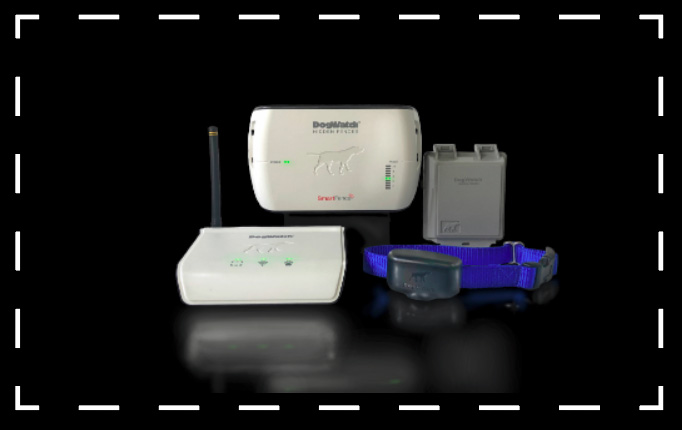When buying a dog or adopting a dog it is important to ask yourself the question, “Do I need a
dog fence?”
To answer this question you need to consider:
The type of dog you have
The type of dog you have will guide your decision around the type of pet fence you need. If you have a larger dog, for example, you will most likely need some sort of containment fence to allow your dog to roam around, burn off some energy and get some much needed exercise. Alternatively, you would need to provide your pet with regular exercise sessions through the day.
To demonstrate the importance of a pet fence, if you have ever adopted a pet from the RSPCA, you will know they use Google Maps satellite imagery to remotely inspect the property your adopted pet will live at to ensure the yard is adequately fenced and your pet will remain safe and will not get into trouble roaming freely through your neighbourhood.
Will your pet be an indoors dog or an outdoors dog?
If you have a very small dog, then potentially you could get away without a dog fence. Very small pets often spend the majority of their time indoors so an outdoor pet fence is not always necessary. Even if your dog is indoors most of the time you may need to consider an electronic or wireless pet fence to restrict certain areas of your home, especially when you are not home. Typical areas protected by indoor wireless/electronic fencing might include the pantry, a lounge suite or even a section of open plan living area.
More information about these type of fences can be found here:
Is your dog likely to wander off?
If you do let your pet outside for exercise you need to ask yourself, “Will my pet wander off?” Pets can wander off even if they are supervised, although proper training and the use of remote training collars can mitigate against this risk. If you do want to let your dog roam around unsupervised, you will most likely feel more comfortable if the exercise area is contained via a pet fence.
Are there any restrictions on building a fence?
It is important to understand if there are any restrictions by local authorities around building a fence. For example some property developments have set back rules and rules against building a fence in the front yard for purely aesthetic reasons. If these restrictions apply to you don’t despair – electronic invisible dog fences that are hidden from sight will be your saviour!
If you live in a rental property, you will need to get permission from your landlord to erect a pet fence or convince your landlord that a pet fence would be a good long term investment and have them erect it for you. Landlords are becoming more accommodating towards pets and pet owners, but may be reluctant to outlay the money. Once again, portable wireless/electric fences can solve this problem for you. Many of these systems are easily DIY installed.
Do I have the budget to build a fence?
Fences are expensive to build – even the most basic fence can run into hundreds of dollars and that’s still when you do all the work yourself. More elaborate pet fences can run into the thousands of dollars, so consider the cost of a fence when you are planning to purchase a pet. Even premium electric fence systems, such as Smart Fence by Hidden Fence, are available at a fraction of the cost of traditional fences with many more benefits including remote monitoring.
If the answer is “yes” – you need to consider the type of fence
The choice of fence can be confusing. Below are the main options:
Physical barrier fences
These types of pet fences are typically made from wood, metal, colorbond, bricks or other solid materials. They obstruct the view from the yard and can still be jumped over or tunnelled under by your dog. Generally, they are also quite expensive to install. They can be very effective but are not practical for everyone.
Wooden dog fence
By far the most common type of solid barrier fence is the wooden pet fence. There are some benefits including providing a barrier to other pets entering your property. However they remain a costly, labour intensive, non-portable option that don’t always provide effective containment for escape artist pets.
Chain link dog fence
Chain link pet fences tend to be cheaper to install and can be installed quite quickly. However some dogs are expert at climbing them or digging under them.
Portable Dog Fences
Portable dog fences or playpens are ideal for pets in rental properties or for pet families that do a lot of travelling. They provide a quick fix but are not ideal as a longer term solution.
Electric Dog Fence
Electric dog fences also have the advantage of being quite portable. By removing the fixings on the transmitter and taking up the wire cable, they can easily be relocated. They have many other benefits and allow your dog to use your yard as an extension of the home, providing them with greater freedom, enjoyment, exercise and stimulation.
To see one in action
Hidden fence provides a range of electronic dog fences which should make installing a dog fence at your property a lot easier. We are happy to help you with the supply, install and training for our hidden fence system.


